Effective Philanthropy Facilitation RECIPE: Love +Meaning + Empathy + Cooperation +Attention + Interaction
Clairification
SEPTEMBER 14, 2023
I firmly believe part of the role of a philanthropy facilitator is to foster both individual and community well-being. You must both: (1) focus inward , as you can’t help others unless you first help yourself, and (2) focus on the way you connect with others. It certainly is not in service of philanthropy. What to do?


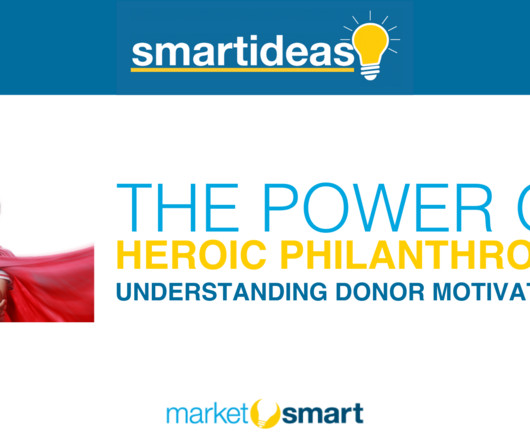
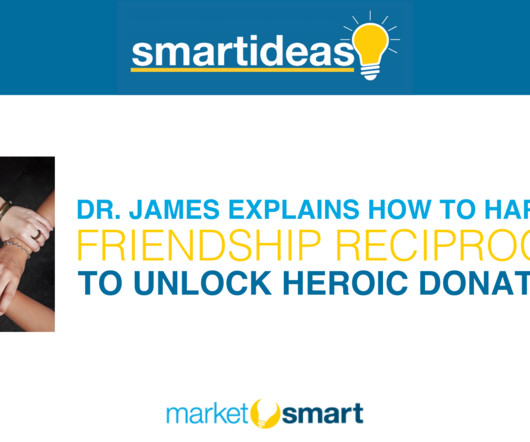
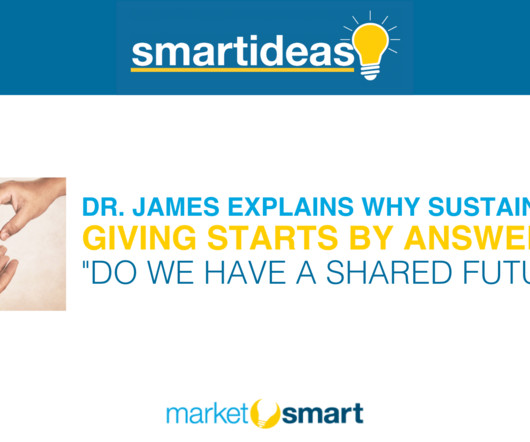
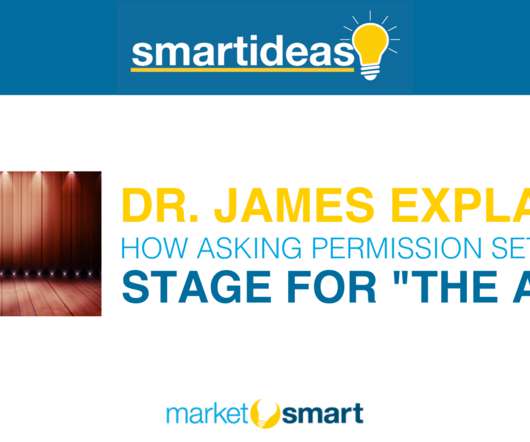

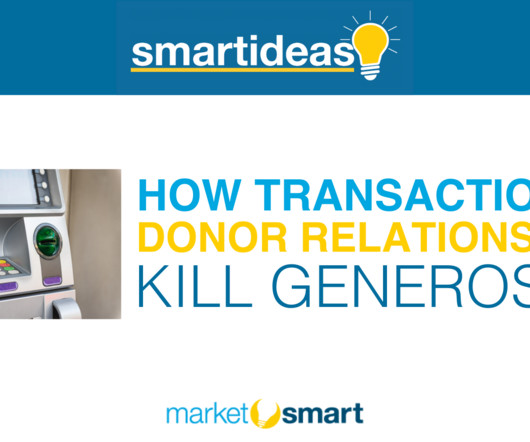
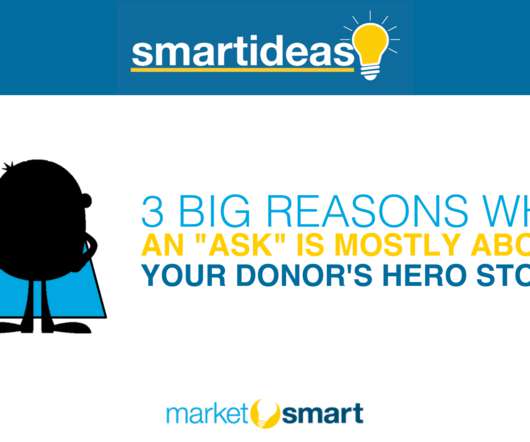
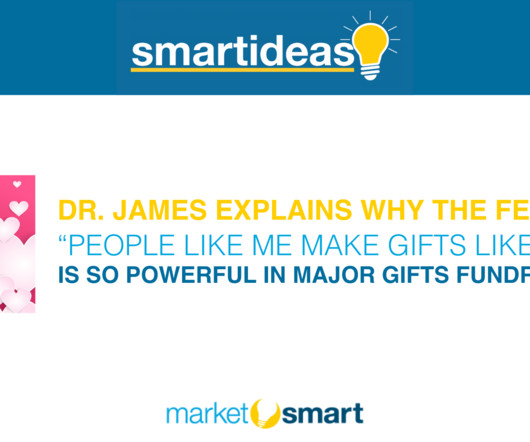
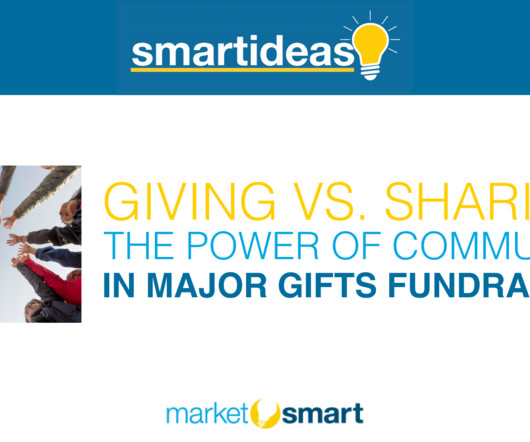
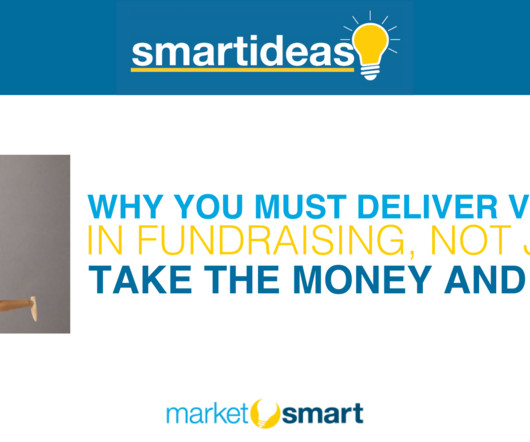
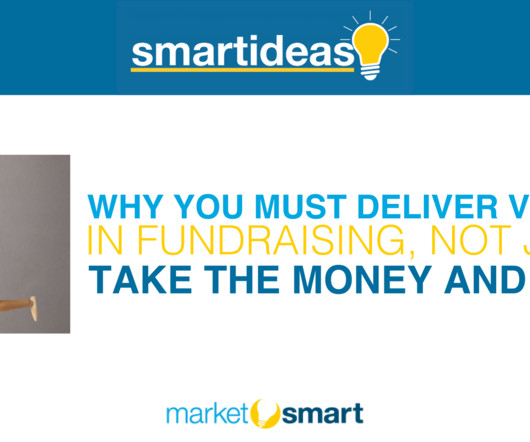
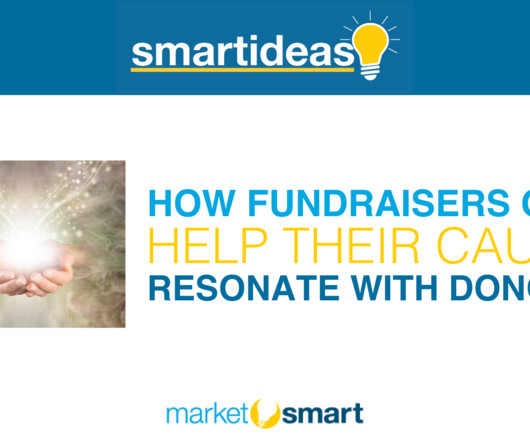






Let's personalize your content